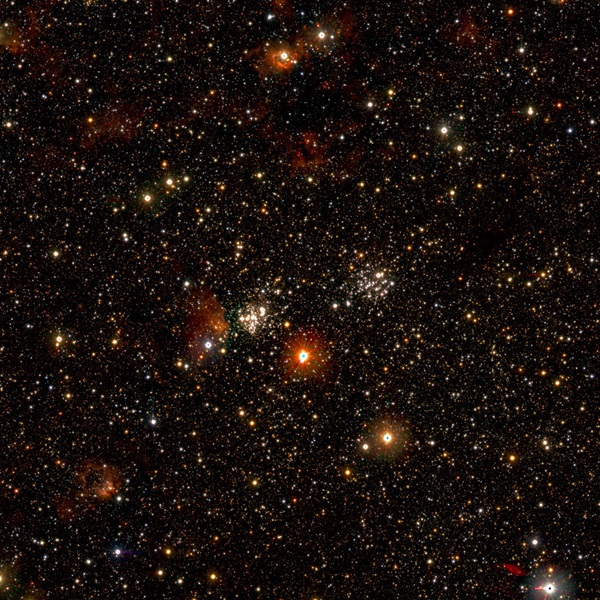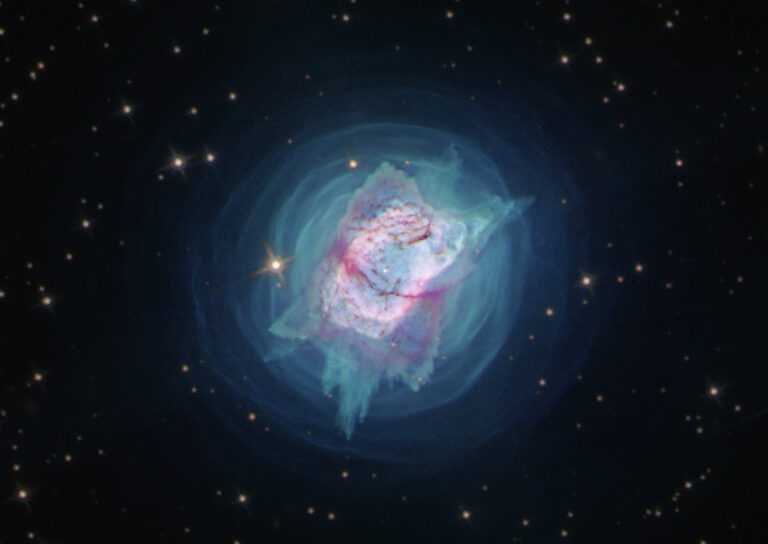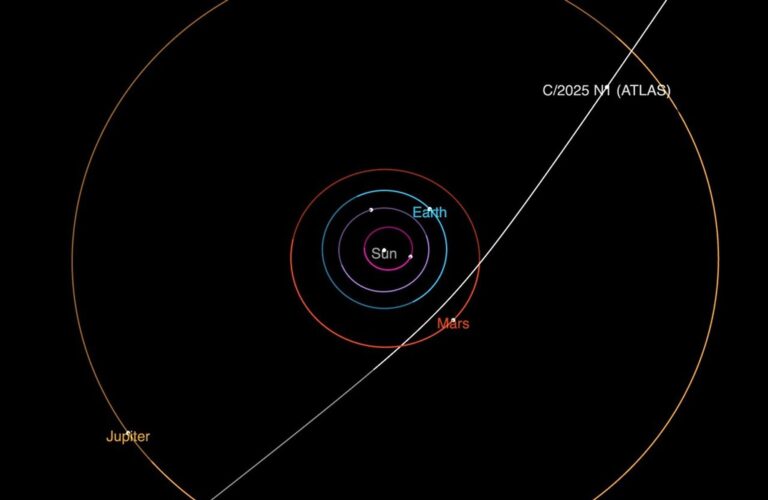Key Takeaways:
The picture represents part of a 10-year project involving scientists from the United Kingdom, Europe, and Chile who gathered data from the two telescopes. The information has been processed and archived by teams at the universities of Edinburgh and Cambridge, which have made it available to astronomers around the world for further studies.
Archived information from the project — known as the VISTA Data Flow System — is expected to enable scientists to carry out groundbreaking research in future years without the need to generate further data.
The image shows the plane of the Milky Way Galaxy, which is often described as looking like two fried eggs back to back, with a flat disk in the middle. Earth is close to the edge of this disk, and the image shows a cross-section through the disk as seen from Earth’s perspective.
It combines data from the UKIDSS/GPS sky survey taken by the United Kingdom Infrared Telescope in Hawaii with the VVV survey from the VISTA telescope in Chile.
Astronomers used infrared radiation instead of visible light to enable them to see through much of the dust in the Milky Way and record details of the center of the galaxy.
“This incredible image gives us a new perspective of our galaxy, and illustrates the far-reaching discoveries we can make from large sky surveys,” said Cross. “Having data processed, archived, and published by dedicated teams leaves other scientists free to concentrate on using the data, and is a very cost-effective way to do astronomy.”









